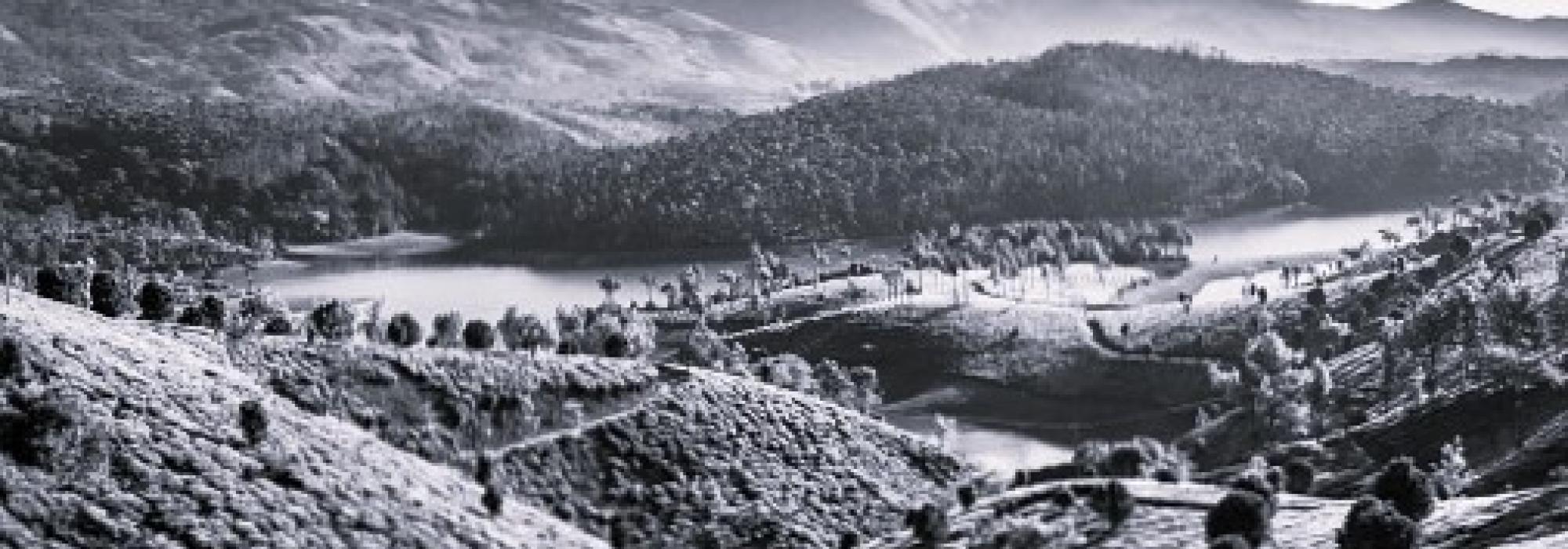The play Pañca-rātra does not contain some of the bitter episodes that are present in the original Mahābhārata; for instance, in Bhāsa’s version, Kīcaka does not molest Draupadī and neither does King Virāṭa strike Dharmarāja with his dice; the episode of go-grahaṇa took place not because of the jealousy of Suśarmā and Duryodhana but because of Bhīṣma who wanted a peaceful resolution for the dispute between the brothers. As per the play, Bhīṣma and Droṇa do not lose the battle, but are impressed by the skill displayed by their student Arjuna; they look forward to the intended peaceful outcome and remain neutral. The play begins with Duryodhana offering dakṣiṇa to Droṇācārya and ends with Abhimanyu getting captured by the Pāṇḍavas and getting married to a beautiful maiden; thus, the play ends on a nice, happy note. The play is profound throughout. Uttara’s cowardice is not caricatured here; he appears as a composed and balanced person; he displays valour, courage, and generosity; the entire atmosphere resonates with dharma and tranquillity. The characters in the play appear quite different to us, although we are intimately familiar with them from the original epic.
Bhīṣma, the kuru-kula-pitāmaha is the foremost of the characters in the play. He is endowed with the calibre to run the large family of the Bhāratas. He has the kind of maturity that is expected out of a person who occupies the helm of such a huge family; he possesses a nuanced understanding of everyone’s skill and calibre – he knew the kind of job each one could execute and the result it would lead to; he is sharp and steadfast; though he is a courageous kṣattriya, he has an affinity for dharma and always craves for peace; however, he always sided with the brave. In the play, Bhīṣma asks the sūta, “Describe the soldier who captured Abhimanyu,” and then sūta says, “Should I describe his physical features or his courage?” Bhīṣma then replies, “When you describe a lady, you must talk about her physical beauty, but speak about the courage of men!”
Droṇa also occupies a stature similar to that of Bhīṣma; the two old men are like-minded. He, however, is portrayed as a brāhmaṇa who is plain and straightforward in his thinking and is kind at heart; thinking of the pain that the Pāṇḍavas were undergoing, he weeps like a woman; he expresses his happiness without inhibitions as well. He is not a lifelong brahmacārī like Bhīṣma – he does not have the kind of control over himself like Bhīṣma, but he is a radiant brāhmaṇa; he cannot digest injustice and humiliation; he loves his students immensely. He had even accepted a vile person like Śakuni as his student and even humbly embraces him. Bhīṣma and Droṇa work hand in hand to educate and protect their people. The play begins with their participation, progresses because of them and sees a peaceful end thanks to the prominent role played by the duo.
Duryodhana, Karṇa, and Śakuni form the second group. Their vile nature appears to have softened because of the dhārmic radiance of Bhīṣma and Droṇa. Duryodhana keeps his word and offers half the kingdom to the Pāṇḍavas; he does so also because of the respect he possesses towards his guru. Nevertheless, he was evil-hearted; he tried to come up with a strategy through which he could retain the entire kingdom and also have a good relationship with his cousins. He asks Śakuni, “Think of a land which is full of hostile people and is like a desert.” He liked the strategy of the pañcarātra suggested by Śakuni.
Bhāsa portrays Karṇa as a dhārmic and brave warrior; he is generous and large-hearted. When Duryodhana asks him if the Pāṇḍavas should be given their share of land, he says, “Why would I object if you wish to rule the kingdom with your brothers and cousins? It is left to you if you want to give them your land; my only duty is to fight when there is war!” Karṇa suffers from intense agony when he learns that Abhimanyu has been captured. He declares, “Since we have not been able to protect the young prince, it is best to give up our weapons, don bark garments and leave. Karṇa is never verbose. Through the few words he speaks, his valorous personality and profound mind get revealed and he occupies our hearts.
Śakuni is deceitful, vile, and hates the Pāṇḍavas; he neither cares nor respects anyone. When Karṇa praises the dāna performed by Duryodhana in the yāga, Śakuni ridicules him by saying, “Well, well! The words spoken by the king of Aṅga-deśa are praiseworthy! He has purified himself by taking a dip in the waters of Gaṅgā!” Śakuni knows that Karṇa was disposed into the river Gaṅgā by his mother at his birth and that he has inherited no wealth from his ancestors. He taunts Karṇa with these facts in his mind. Śakuni did not like the idea of sharing the kingdom with the Pāṇḍavas at all. As a part of his dakṣiṇā, when Droṇa requests Duryodhana to offer half of the kingdom to the Pāṇḍavas, Śakuni labels that an adhārmic deed. Droṇa accepts defeat and embraces him and he says, “Aha! How guileful is the ācārya! He is trying to cajole me to achieve his task!” The vile idea of pañcarātra is Śakuni’s brainchild; upon spotting Arjuna’s name on an arrow shot by him, he throws it away out of deep grudge and disappointment. But the next moment, he argues that this could be an arrow shot by another warrior by the name Arjuna or that Uttara might have written Arjuna’s name upon his arrows. However, he is forced to accept their identity when he sees them face to face; still, he probably would have said, “They are impostors in the guise of Pāṇḍavas!”
Virāṭa, Uttara, Pāṇḍavas and Abhimanyu constitute the third group of people. It is almost impossible to undertake an exclusive study of their characters, values, and the episodes associated with them; their nature and character are closely knit with each others. Abhimanyu’s character is noteworthy and here is a small extract from the drama.
The current series of articles is an enlarged adaption of Prof. A. R. Krishnasastri's Kannada treatise Saṃskṛta-nāṭaka. They are presented along with additional information and footnotes by Arjun Bharadwaj.











































